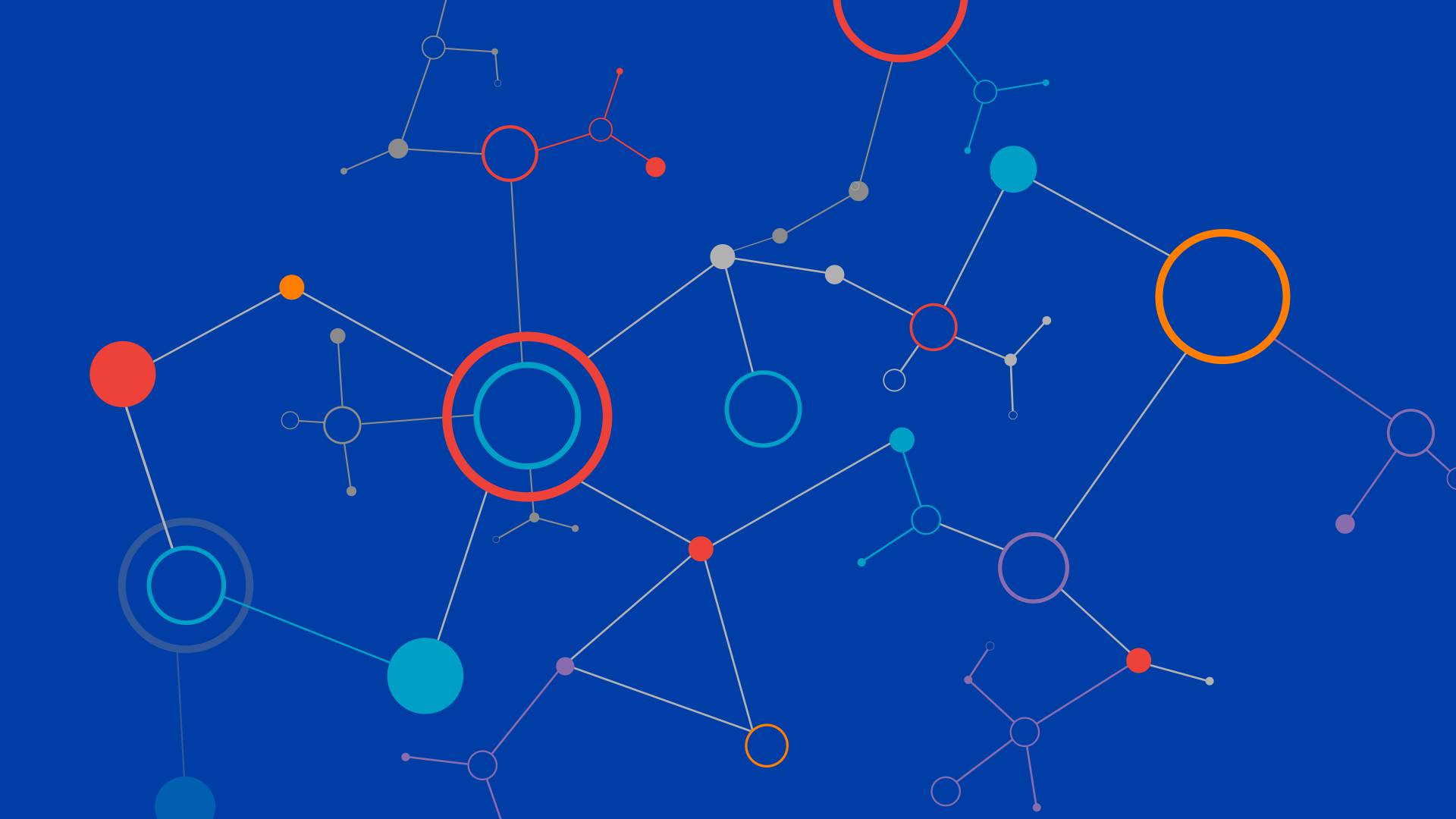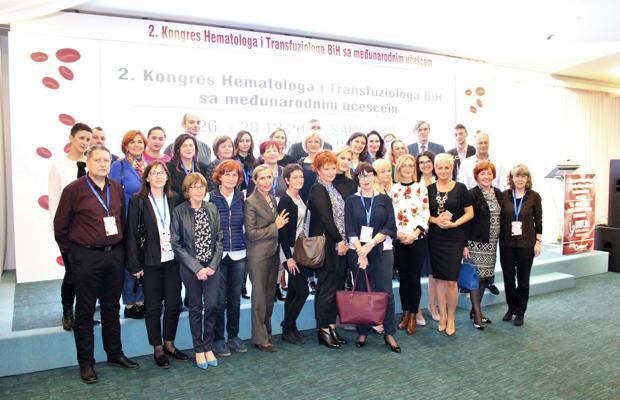Early molecular and cytogenetic responses predicts for significantly longer event free survival (EFS) and overall survival (OS) in patients (pts) with newly diagnosed chronic myeloid leukemia (CML) in chronic phase (CP) – an analysis of 4 tyrosine kinase inhibitor (TKI) modalities (standard dose imatinib, high dose imatinib, dasatinib and nilotinib) (70)
Program: Oral and Poster Abstracts
Type: Oral
Session: 632. Chronic Myeloid Leukemia - Therapy: Aiming for Deep Response
Sunday, December 9, 2012: 12:45 PM
A411-A412, Level 4, Building A (Georgia World Congress Center)
Preetesh Jain, MD, DM, PhD1*, Hagop M. Kantarjian, MD1*, Aziz Nazha1*, Elias Jabbour2*, Alfonso Quintás-Cardama, MD3*, Ohad Benjamini, MD1*, Sherry A. Pierce, RN, BS4*, Marylou Cardenas-Turanzas5*, Srdan Verstovsek, MD, PhD1, Gautam Borthakur, M.D.1,6, Farhad Ravandi, MD1, Susan O'Brien, M.D.7 and Jorge E. Cortes, MD1
1Department of Leukemia, The University of Texas MD Anderson Cancer Center, Houston, TX
2Leukemia Department, The University of Texas M.D. Anderson Cancer Center, Houston, TX
3Department of Leukemia, The University of Texas M.D. Anderson Cancer Center, Houston, TX
4Department of Leukemia, The University of Texas, M.D. Anderson Cancer Center, Houston, TX
5Department of Leukemia, University of Texas MD Anderson Cancer Center, Houston, TX
6The University of Texas, M. D. Anderson Cancer Center, Leukemia, Houston, TX
7Department of Leukemia, The University of Texas, M. D. Anderson Cancer Center, Houston, TX
Introduction: Early responses to TKI are an important predictor of long term outcome. Several approaches have been used to improve outcomes in CML-CP, including high-dose imatinib, and 2ndgeneration TKI. These induce earlier responses and improved long-term outcomes. We analyzed patterns of response and their long-term impact among pts treated with 4 TKI modalities as frontline CML CP therapy.
Methods: 489 CML CP pts (median age 48 yrs, range 15-86 yrs) receiving initial therapy with TKI at MDACC from 2000 to 2011 were included in the analysis (missing values were excluded from the analysis). Patients received imatinib 400 mg/d (IM400; n=83), imatinib 800 mg/d (IM800; n=199), nilotinib (n=105) or dasatinib (n=102) in consecutive or parallel trials. Median follow-up was 76.5 months (mo) (3-136). Cytogenetic (G-banding) and molecular responses (real-time PCR, expressed in international scale) were assessed every 3 mo for the 1styear and every 6 mo thereafter.
Results: After 3 mo of treatment, 301 (65%) patients achieved a cytogenetic response (Ph+ ≤ 0%) 105 (23%) achieved (Ph+ ≤ 1-35 %) and 52 (11 %) (Ph+ >35 %). Molecular response (≤ 1%) was achieved in 300 pts (79%) at 3 mo, while 66 (17%) achieved BCR-ABL 1-10 % and 13 pts (3%) had poorer molecular response (>10%) at 3 mo. Disease transformation was observed in 10 pts (2%), events observed were 54 (11%) and 62 pts (12%) died.
Landmark analysis at 3-mo by molecular and cytogenetic response showed that molecular response (≤1, 1-10 and >10 %) after 3 mo of TKI did not discriminate for 3-year OS; cumulative proportions at 3 yr OS among each category were [BCR-ABL ≤1 % (97%), 1-10% (98%) and >10% (100%), p=0.593 by log rank test]. While cytogenetic responses (≤ 0 %, 1-35 and >35 %) after 3 mo of TKI significantly discriminated for 3-year OS [Ph+ ≤ 0% (98%), Ph+ 1-35% (95%) and Ph+ >35% (87%), p=0.002]. The 3-yr EFS in cumulative proportions by molecular response at 3 mo were (95 %) for BCR-ABL ≤1, (98%) if 1-10% and (64%) if >10% (p=0.001). Corresponding values for EFS by cytogenetic responses at 3 mo were: (97%) for Ph+ ≤ 0%, (88%) of Ph+ 1-35% and (85%) for Ph+ >35% (p=0.001). TFS 3-yr cumulative proportions for BCR-ABL ≤1% were (99%), for 1-10% it was (98%) and for >10% it was (100%) (p=0.87); corresponding rates by cytogenetic response were (99%) for Ph+ ≤ 0%, (97%) for Ph+ 1-35% and (94%) for Ph+ >35% (p=0.05). Similar results were obtained analyzing OS, EFS and TFS by the same molecular and cytogenetic response categories at 6 mo, except that the molecular response significantly predicted for a better 3 year OS at 6 month landmark analysis (p=0.02).
There were no statistically significant differences in OS, EFS and TFS for pts achieving equivalent responses with different treatment modalities. However, pts treated with dasatinib or nilotinib, and to some extent IM800 had a significantly higher probability of achieving the deepest 3-mo response. (Table 1 below).
Conclusions:The achievement of early (3 and 6 mo) molecular and cytogenetic responses with TKI is predictive for long term EFS, TFS and OS. The impact of the response is similar regardless of TKI used. However, pts treated with dasatinib and nilotinib, and to some extent those treated with high-dose imatinib, have a better probability of achieving the deepest responses at early time points.
Table -1- Landmark analysis at 3 and 6 months by molecular and cytogenetic response for predicted EFS, OS and TFS in response to each TKI therapy.
|
Landmark = 3 & 6 mo survival |
% with response / % 3-y EFS / % 3-y OS/ % 3-y TFS |
||||
|
|
|
IM400 |
IM800 |
Nilotinib |
Dasatinib |
|
3 mo Cyto Res |
0 |
34/92/100/96 |
62/97/97/99 |
81.3/97/97/99 |
84/99/98/100 |
|
35<0 |
32/88/88/96 |
29/88/96/98 |
13/92/100/92 |
13/91/100/100 |
|
|
>35 |
34/89/77/96 |
9/83/100/88 |
5.2/67/100/100 |
3/67/100/100 |
|
|
3 mo Mol Res |
≤1 |
71/82/100/92 |
78/98/97/99 |
82/96/97/99 |
79/100/98/100 |
|
>1 - 10 |
23/100/100/100 |
19/100/96/100 |
17/94/100/94 |
15/100/100/100 |
|
|
>10 |
6/100/100/100 |
3/80/100/100 |
1/100/100/100 |
6/27/100/100 |
|
|
6 mo Cyto Res |
0 |
41/97/100/97 |
85/97/99/98 |
97/99/100/99 |
91/99/99/100 |
|
35<0 |
37/88/96/94 |
11/80/95/100 |
0/NA/NA/NA |
6/75/100/100 |
|
|
>35 |
23/82/59/95 |
4/83/86/100 |
3/67/100/67 |
3/100/100/100 |
|
|
6 mo Mol Res |
≤1 |
60/67/99/100 |
89/96/99/98 |
91/99/100/99 |
89/100/100/100 |
|
>1 - 10 |
40/100/100/100 |
9.7/79/94/100 |
6/100/100/100 |
8/42/100/100 |
|
|
>10 |
0/NA/NA/NA |
1/100/100/100 |
3/67/100/67 |
3/100/100/100 |
|
NA = no data available
Disclosures: Kantarjian: Genzyme: Research Funding. Ravandi: Genzyme: Research Funding.





